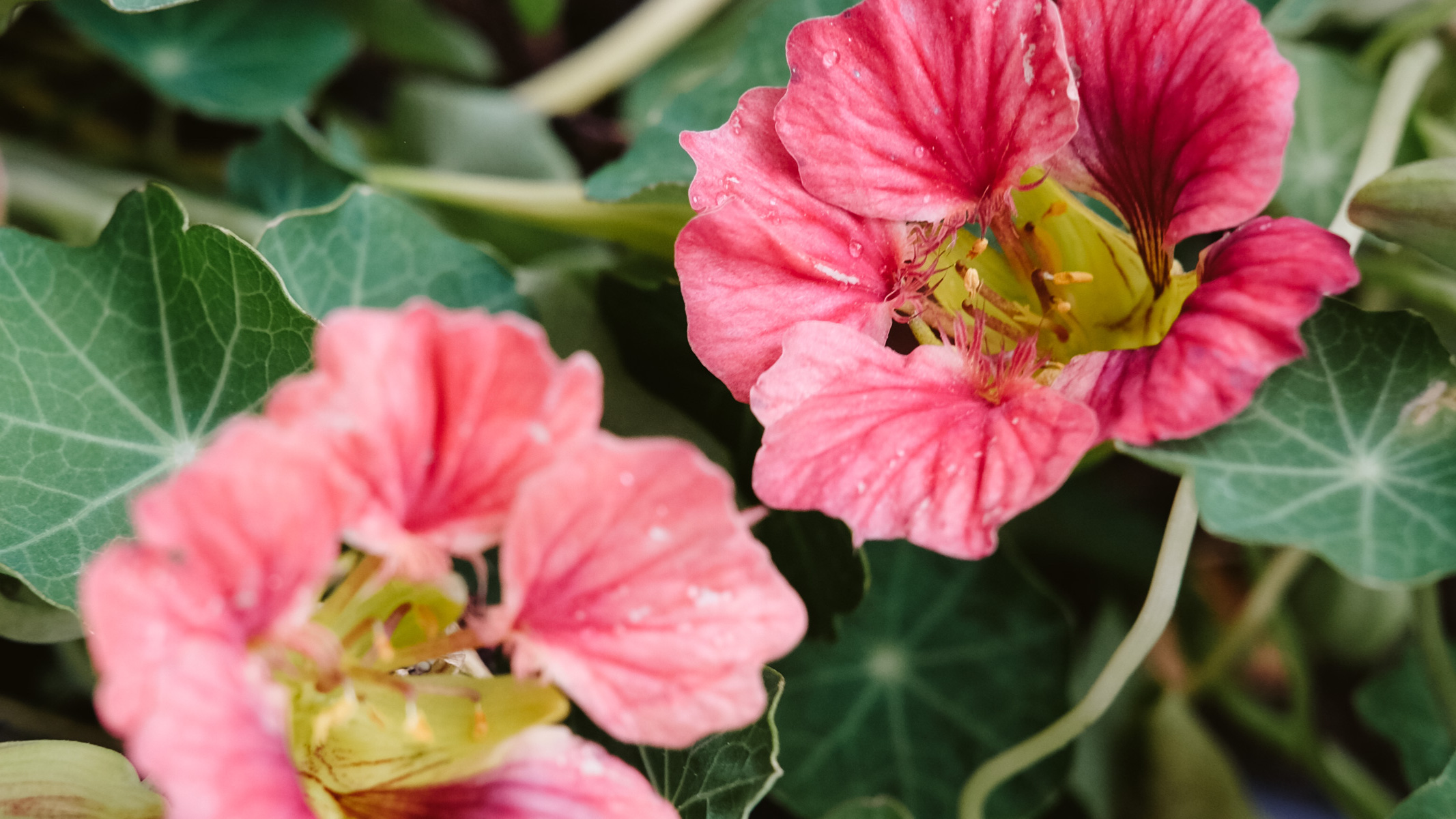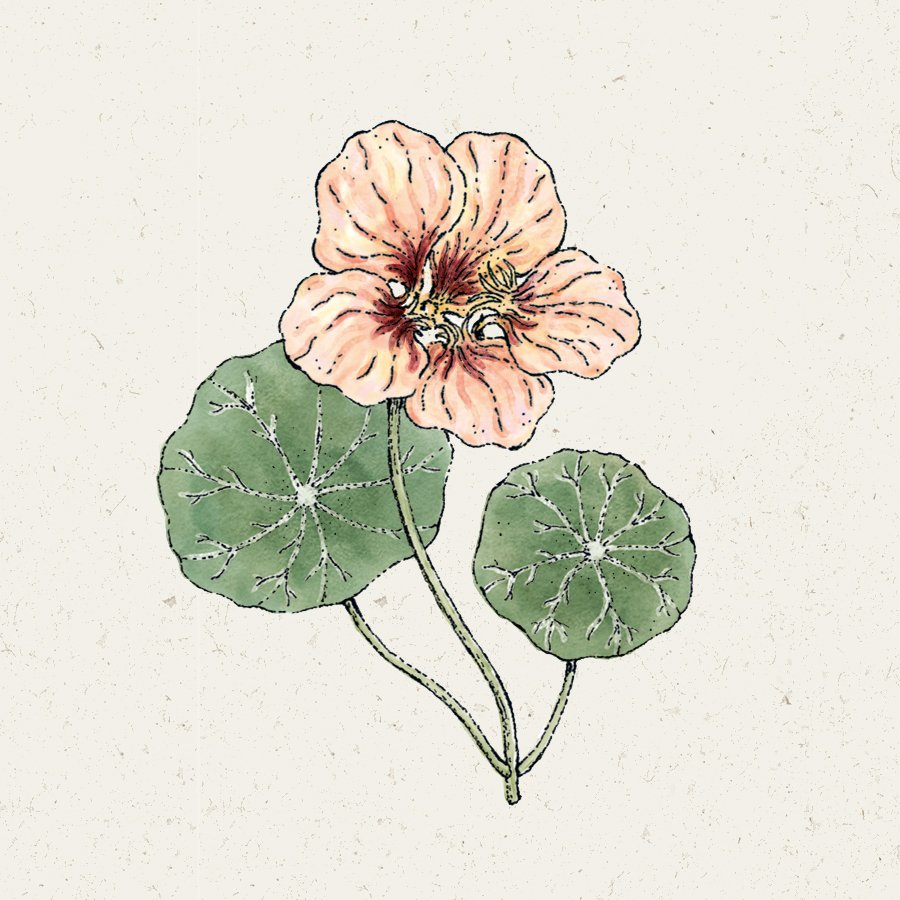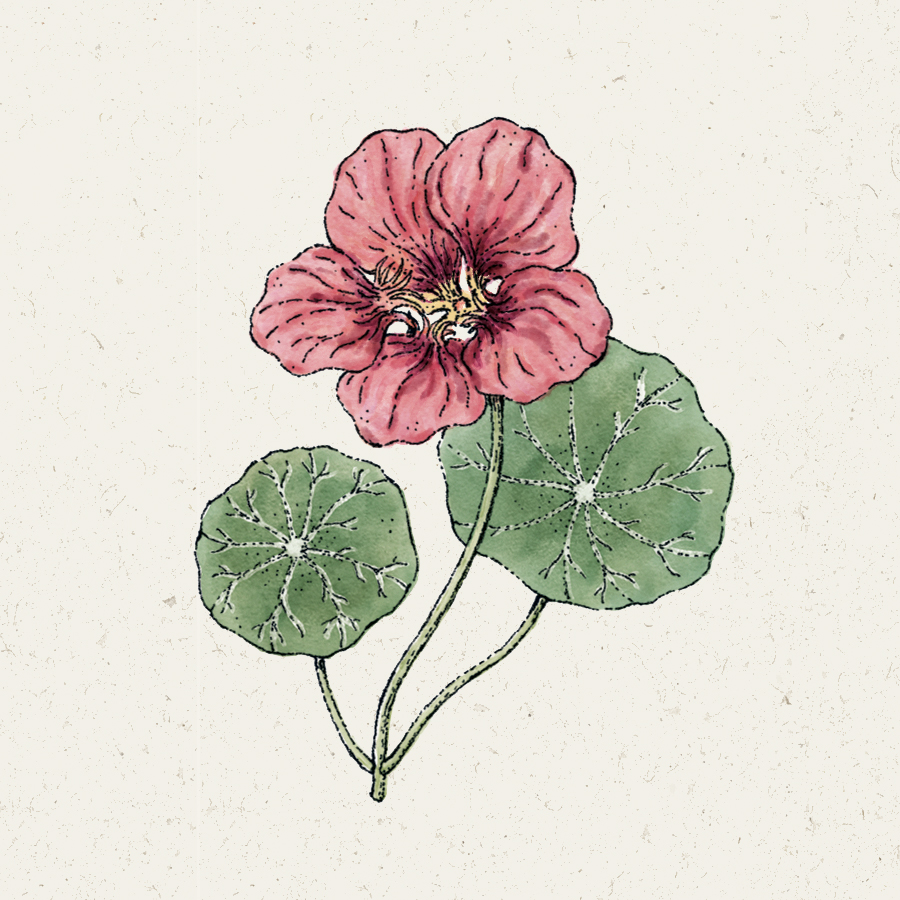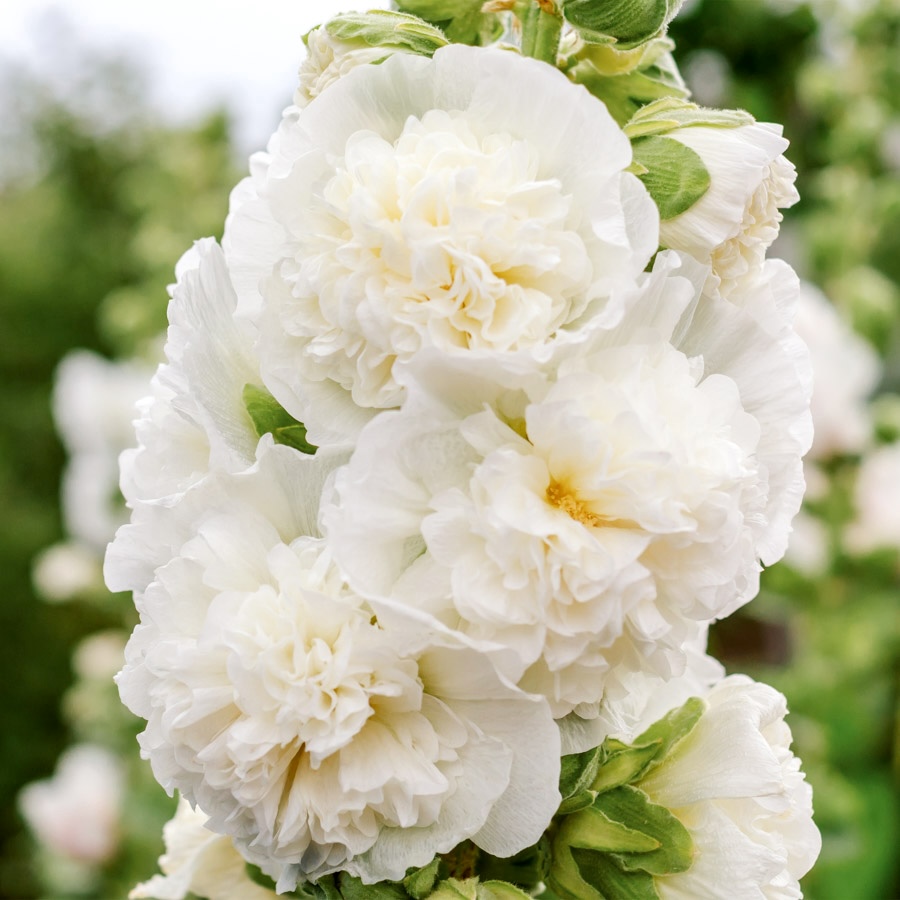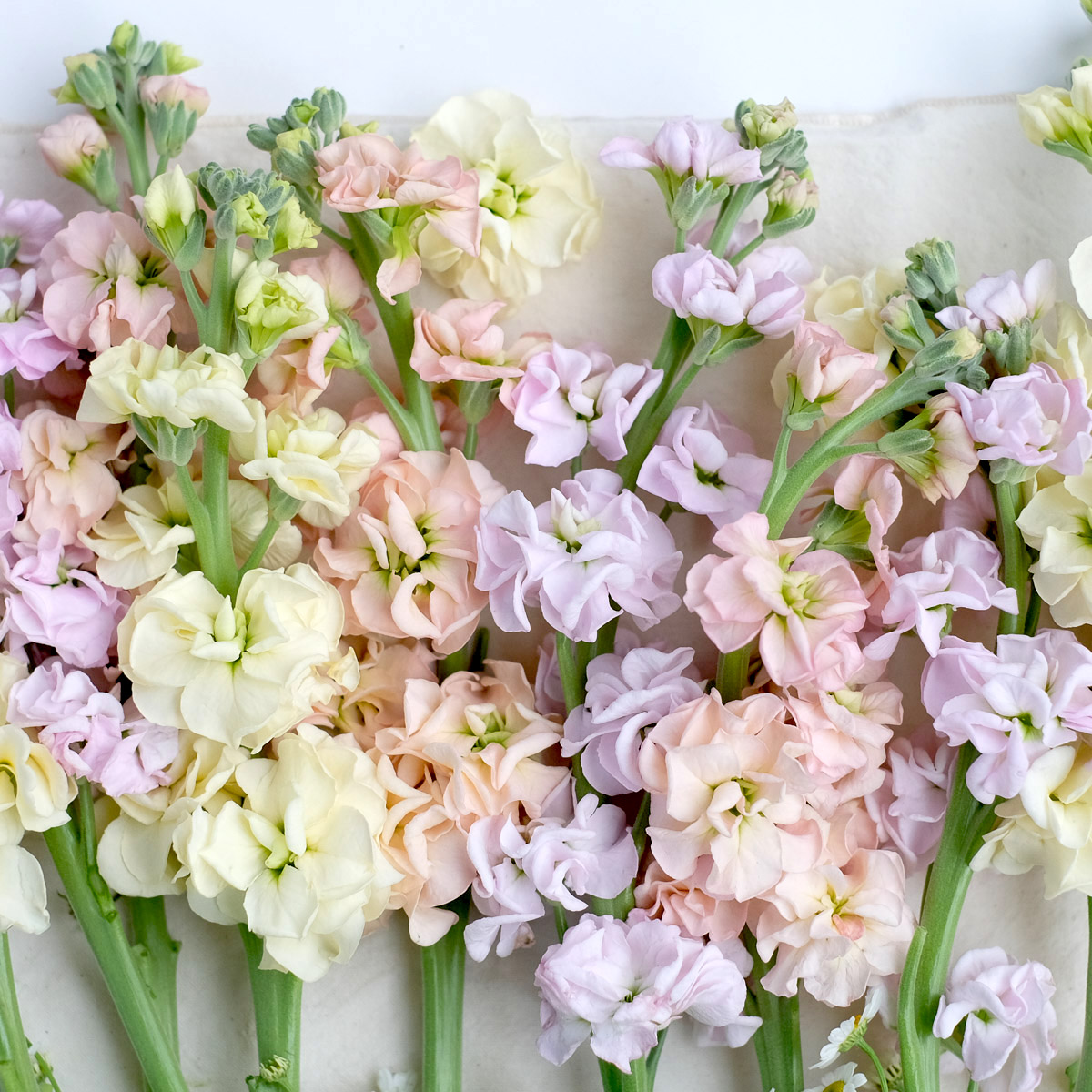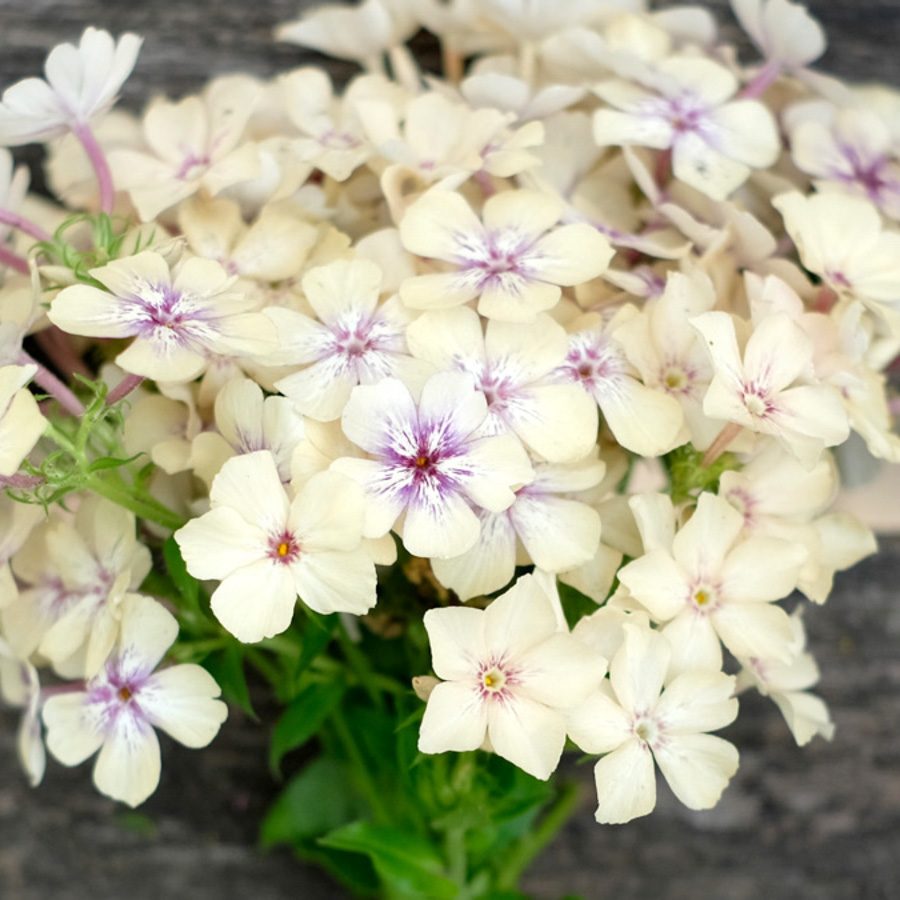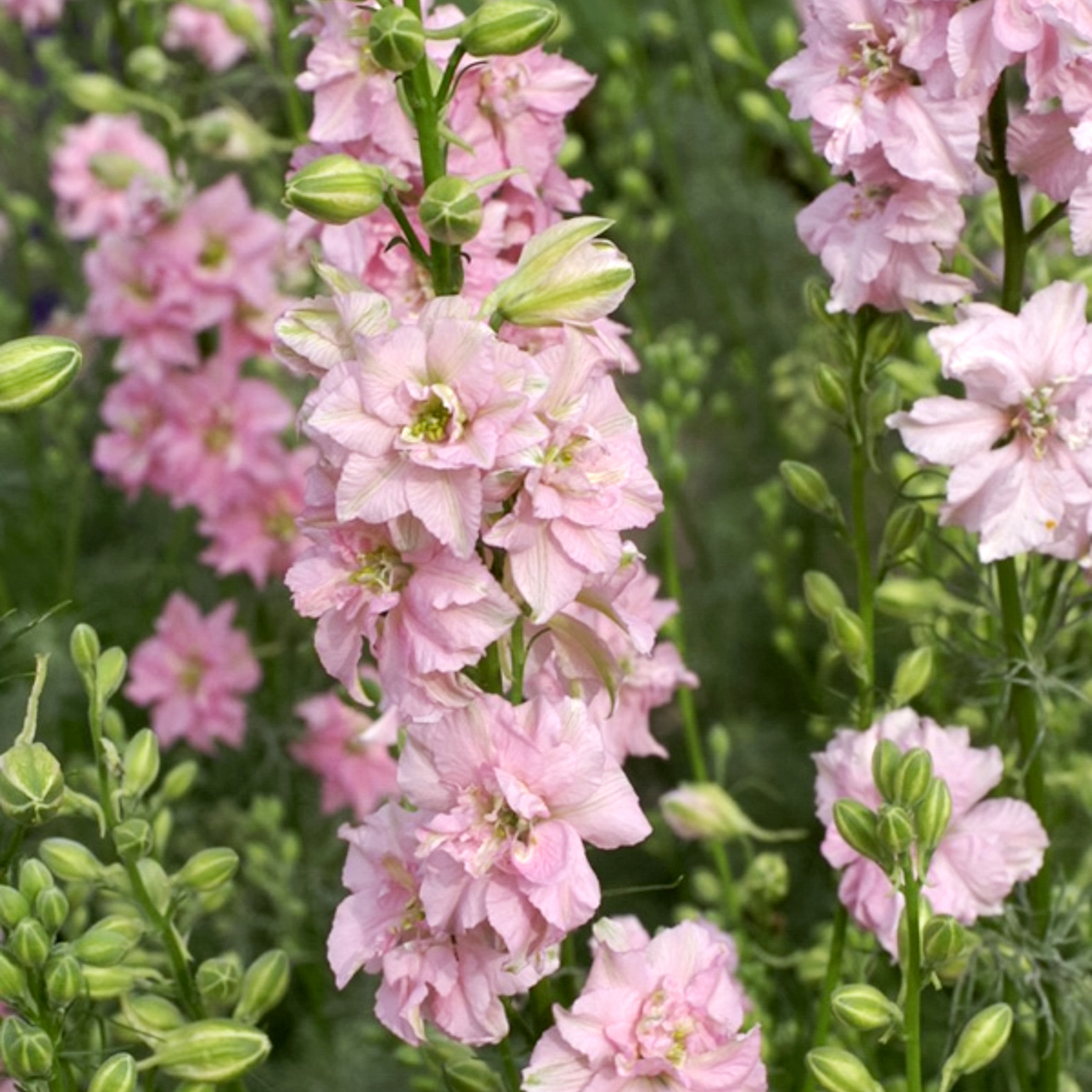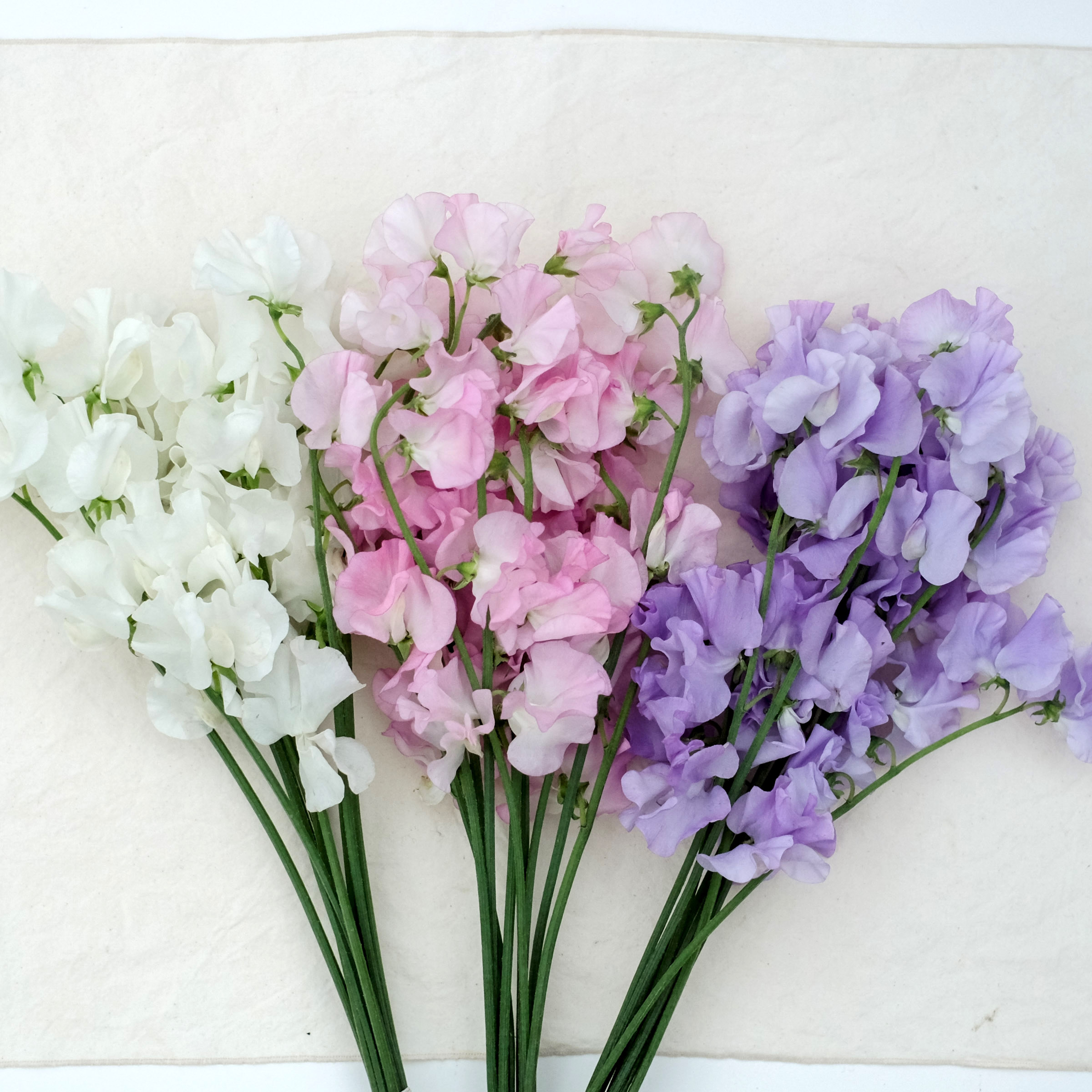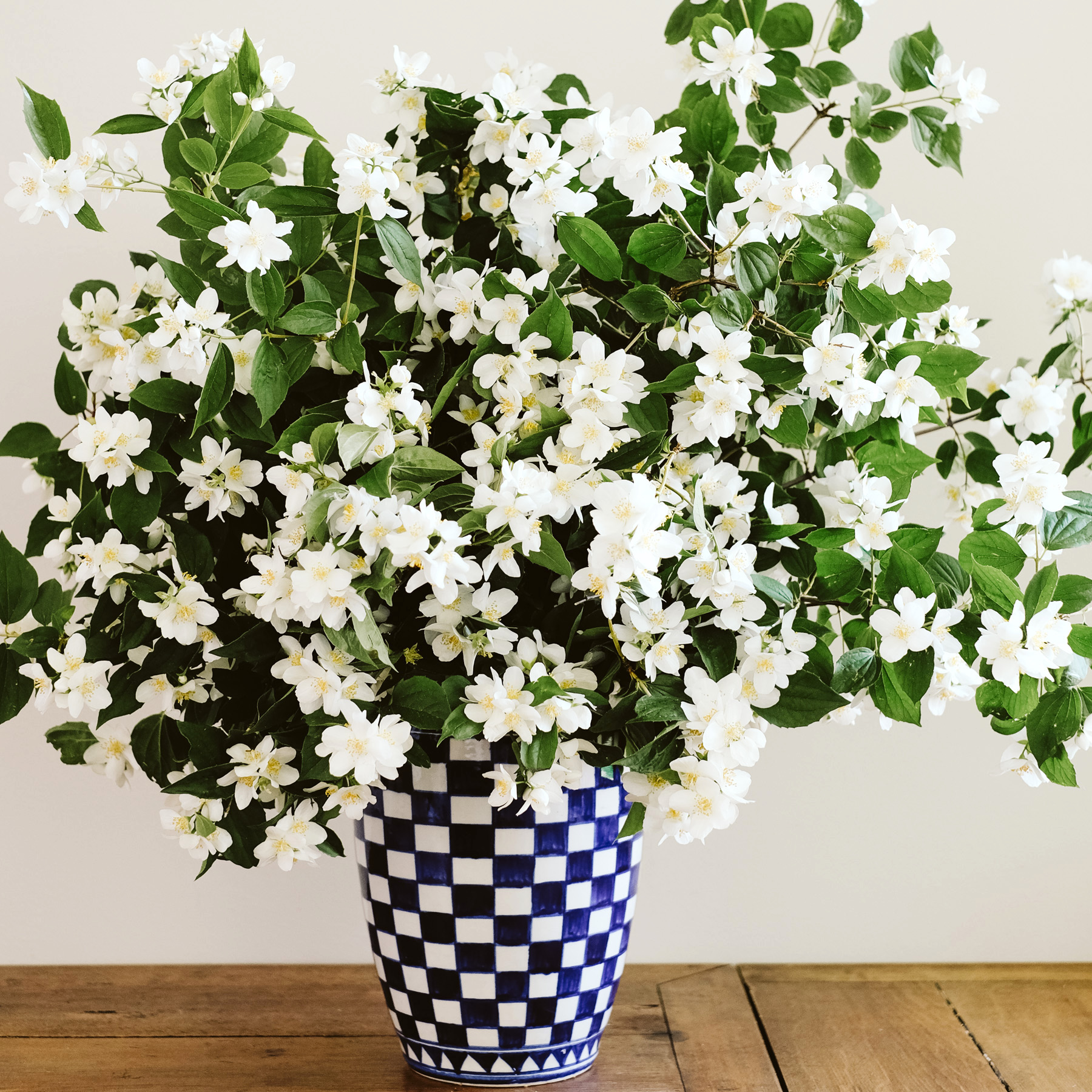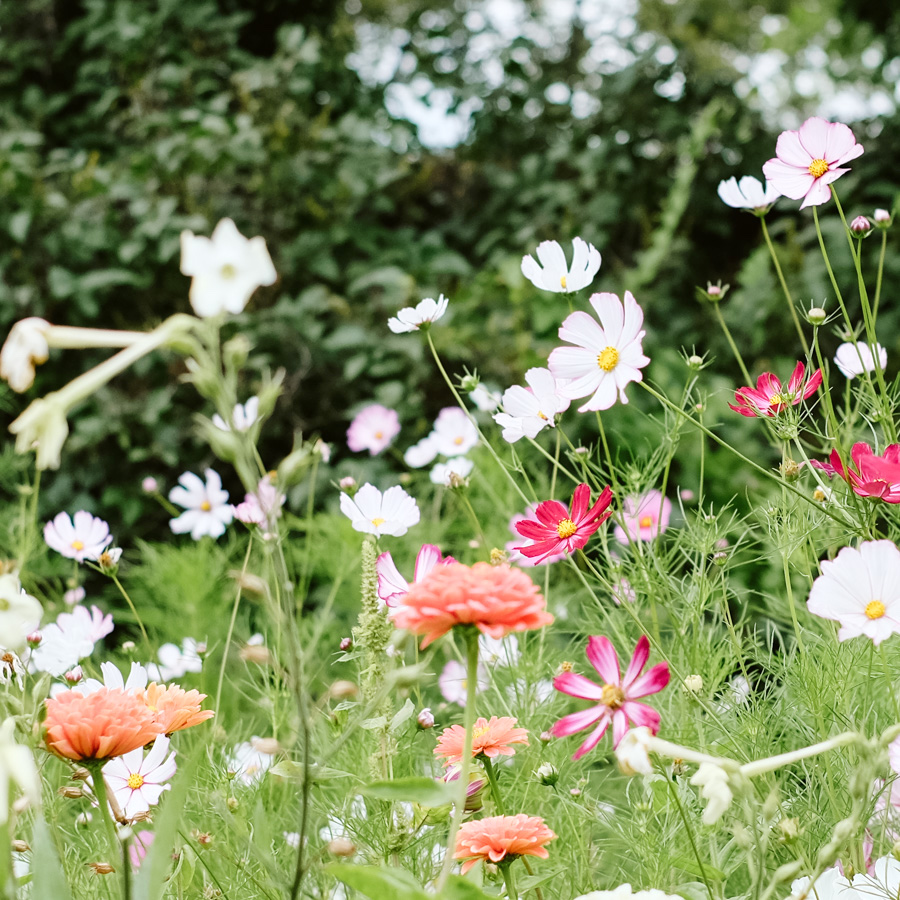Planting and caring for nasturtiums
The fast-growing and uncomplicated climbing plant
I love nasturtiums (Tropaeolum) best when they are allowed to grow wild on terraces and balconies. Even the smallest place becomes a wild and mystical garden oasis when a little nasturtium is planted. If it is planted in a bed, it definitely needs a climbing aid. The new varieties in special colours are great. But note: there are tall varieties (Tropaeolum majus) and smaller varieties (Tropaeolum minus). The latter are particularly charming in a smaller container or in the front of a bed.
The most important facts in brief
- annual cut flower, climbing plant
- sunny, warm location
- sandy-clayey & nutrient-poor soil
- Sow indoors from February, in the garden from May
- Direct sowing possible from May
- needs a climbing support
- suitable for beds, tubs and pots
- insect pasture
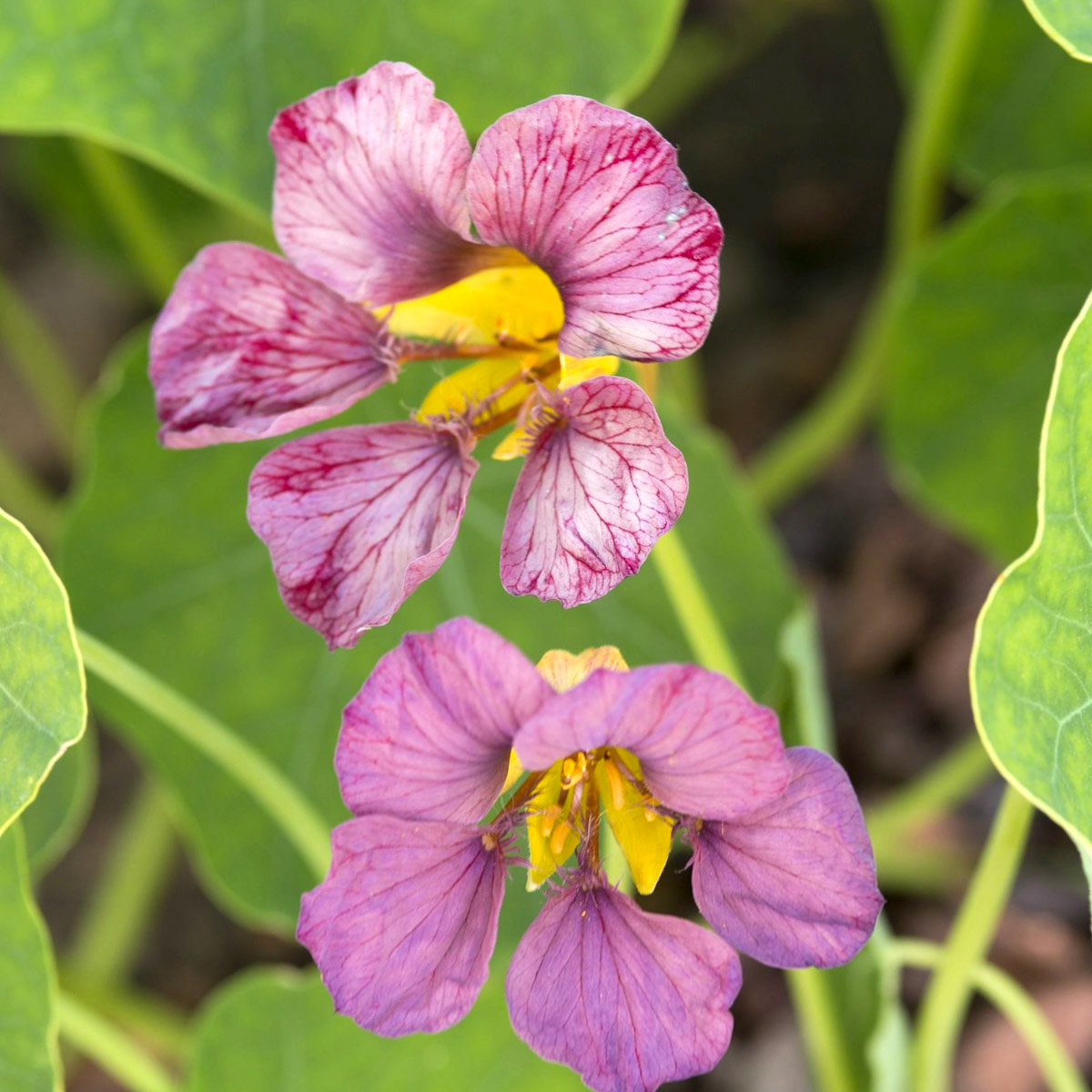
Sowing nasturtium
You can start sowing nasturtium indoors from February to around April. Before you put the relatively large seeds into the pots, leave them to soak in water for a few hours. This will speed up germination. Then place two seeds at a time about 2 – 3 cm deep in the soil. The ideal germination temperature is 15-20 °C. The first green heads will appear after about 2-3 weeks. As soon as frosts are no longer expected (from May, after the Ice Saints), the young plants can be put outside.
Direct sowing in the bed is possible from May. Growing indoors will reward you with earlier flowering.
It takes 60-70 days from sowing to flowering.

Site & soil
The nasturtium prefers a sunny, bright and sheltered spot. The brighter the location, the more floriferous the growth.
Although it will also grow in partial shade or even in the shade, it will then produce more foliage than flowers. The nasturtium feels most at home in sandy-loamy soils that are ideally low in nutrients.
Caring for nasturtium
Once the nasturtium has found its place in the garden or on the balcony, hardly any care is required. As nutrient-poor soil is conducive to flower production, it requires no fertilisation or only occasional fertilisation. The nasturtium grows very tall, can reach a height of over two metres and always needs a climbing support. Or you can let it climb wildly downwards from a balcony box.
In very warm temperatures, frequent watering is necessary (preferably in the morning and evening). Be careful not to water the flowers, but the soil.

Cutting nasturtium for the vase
The ideal time to cut the flowers is when they are just opening. They will then keep in the vase for around 7-10 days.

